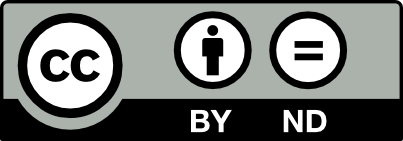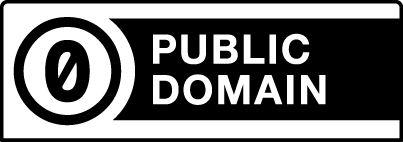You have probably already heard of open source. This concept that defies the economic model widespread today was born in the 1980s at MIT. Today, there are thousands of software, contents or technologies to which we can have access, if we can find our way in the jungle of licenses.
Open innovation and Open source
The first source of confusion is that the terms Open Innovation and Open Source – although similar in some respects – do not refer to the same thing. Open innovation is a concept popularized in 2003 by Henry Chesbrough in his book “Open Innovation: The new imperative for creating profit from technology”. This notion is based on the idea of encouraging the use of external resources in addition to internal resources in the context of innovation processes.
Open source, on the other hand, is a notion that is based on the possibility of “free distribution, access to source code and creation of derivative works“, originally software. The notion of Open Source now extends to all creations of the mind.
The jungle of licenses
Today, there is an infinite amount of royalty-free content, or almost. Several sites reference the available free software (Framasoft, EPFL-ENAC). When it comes to creations of the mind, the matter becomes more complicated. You may have already searched for a font, an image or a music free of rights. This is usually when the famous licenses and their multitude of pictograms appear.
In addition to copyright (for which no use of the content is possible), there are 7 Creative Commons licenses. These licenses aim in particular to “share and facilitate the use of creations, authorize free reproduction and distribution (under conditions).”
CC BY: You can distribute, remix, adapt and build upon the content as long as you attribute its author. You may use the content commercially.

CC BY-SA: You may distribute, remix, adapt and build upon the content provided you attribute its author. You may use the content commercially. If you modify the content you must obtain an identical license for the content you modified.

CC BY-NC: You may distribute, remix, adapt, and build upon the content provided you attribute the author and use the content for non-commercial purposes only.

CC BY-NC-SA: You may distribute, remix, adapt and build upon the content provided that you attribute its author and use the content for non-commercial purposes only. If you modify the content you must obtain an identical license for the content you modified.

CC BY-ND: You may copy and distribute the content but you do not have the right to modify it. You have to attribute the author. You can use the content in a commercial way.

CC BY-NC-ND: You may copy and distribute the content but you do not have the right to modify it. You have the obligation to attribute its author and to use the content only for non-commercial purposes.

Public domain: The content is in the public domain.
Now you know more about content licensing, open source and open innovation. Open content gives access to a huge amount of content if you know how to find it. Now that you know how to navigate the world of free content, you can call on think2make to help you ideate.
To know more about it:
What are the differences between Open Source and Open Innovation? – idexlab
About CC Licenses – creativecommons.org
